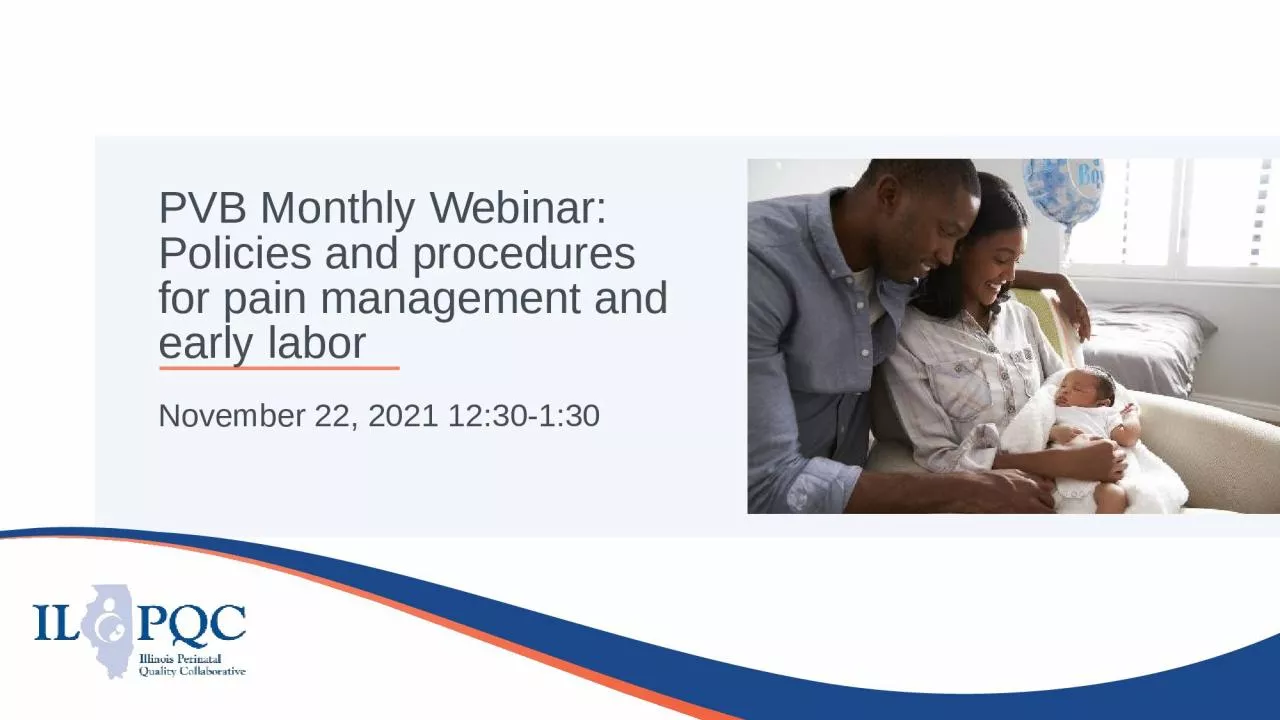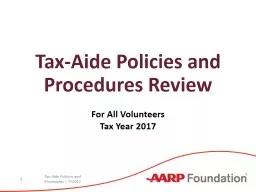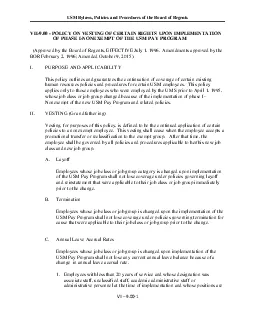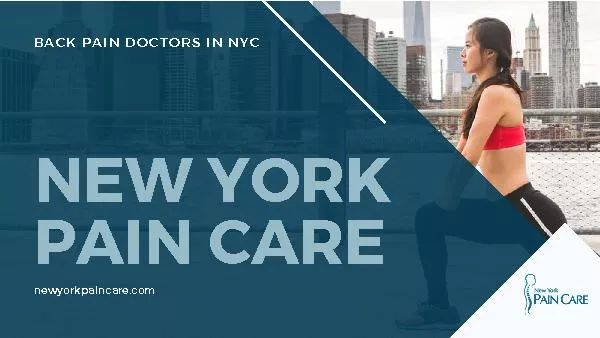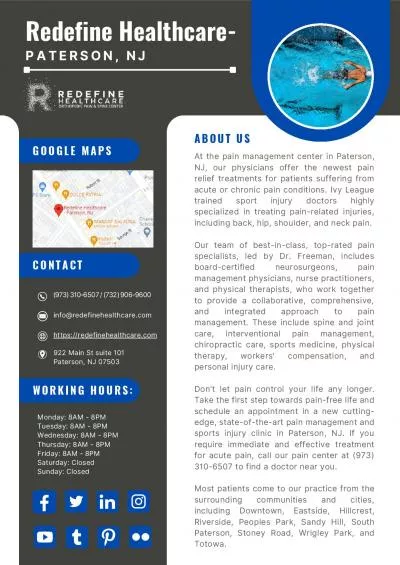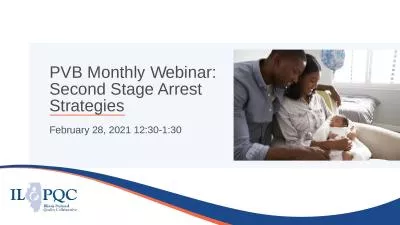PPT-PVB Monthly Webinar: Policies and procedures for pain management and early labor
Author : zoe | Published Date : 2024-03-13
November 22 2021 1230130 2 2021 Annual Conference Recap PVB Data Review Policies and Procedures for Pain management and early Labor Dawn Hernandez Price Promoting
Presentation Embed Code
Download Presentation
Download Presentation The PPT/PDF document "PVB Monthly Webinar: Policies and proce..." is the property of its rightful owner. Permission is granted to download and print the materials on this website for personal, non-commercial use only, and to display it on your personal computer provided you do not modify the materials and that you retain all copyright notices contained in the materials. By downloading content from our website, you accept the terms of this agreement.
PVB Monthly Webinar: Policies and procedures for pain management and early labor : Transcript
Download Rules Of Document
"PVB Monthly Webinar: Policies and procedures for pain management and early labor "The content belongs to its owner. You may download and print it for personal use, without modification, and keep all copyright notices. By downloading, you agree to these terms.
Related Documents

